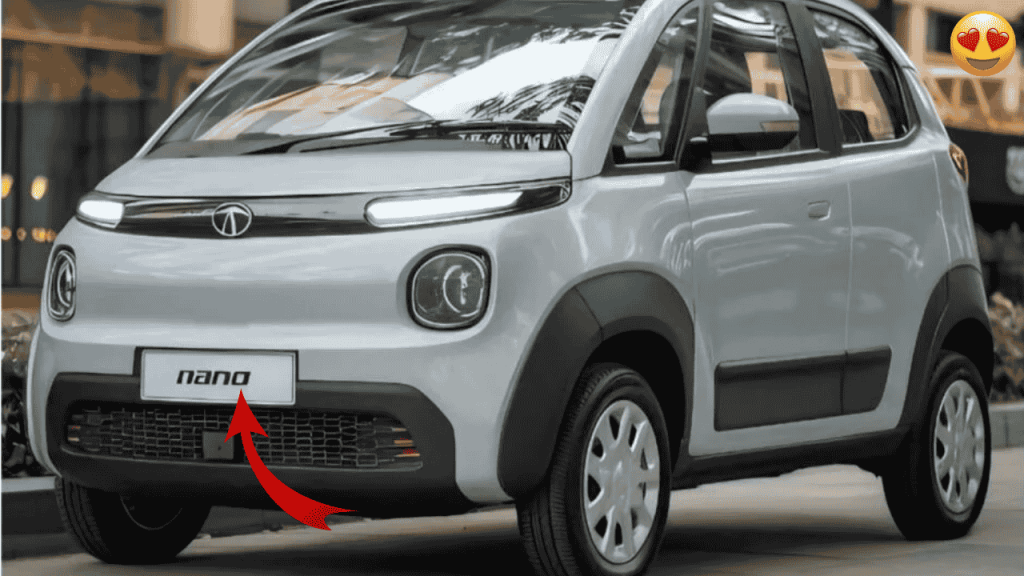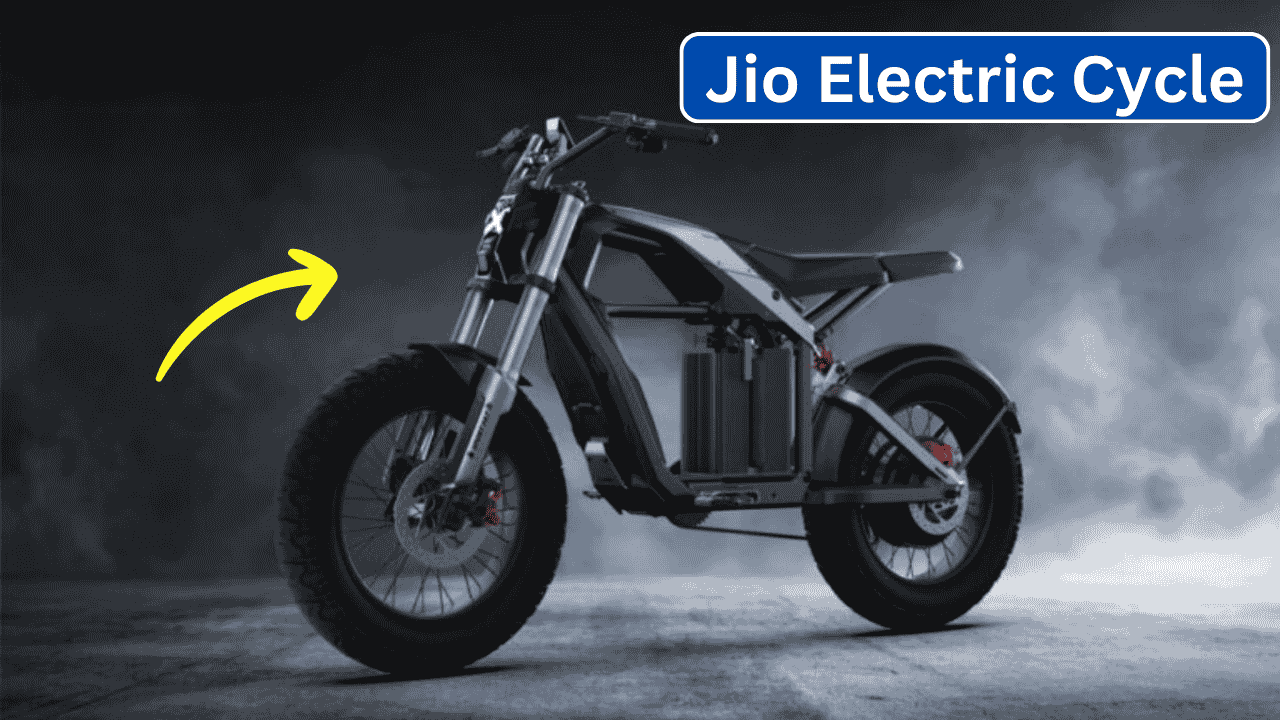
Tata Motors has shocked the automotive industry with the introduction of its all-new Nano Electric Car, a budget-friendly electric vehicle that promises to revolutionize urban mobility in India. Combining impressive features, remarkable range, and an astonishingly affordable price point comparable to premium motorcycles, this reinvention of the iconic Nano platform aims to make electric mobility accessible to millions of middle-class Indian families.
Reimagining an Icon for the Electric Era
The Nano, once celebrated as the world’s most affordable car, has undergone a complete transformation for the electric age. Tata Motors has leveraged its experience with the successful Nexon EV and Tigor EV to develop a purpose-built electric vehicle that retains the Nano’s compact dimensions and affordability while incorporating modern technology and improved safety features.
The new Nano Electric stays true to its predecessor’s philosophy of democratizing four-wheeler ownership but elevates the concept with zero-emission technology and contemporary styling. The exterior design has been refreshed with smoother lines, LED lighting elements, and aerodynamic enhancements that improve both efficiency and visual appeal.
Ultraviolette F77 Mark 2 Electric Bike Launched, Rocket-Like Speed, 0-60km/h in Just 2.8 Seconds
Maruti Suzuki Celerio 2025: A Stylish, Feature-Packed & Fuel-Efficient Hatchback for City Driving
Honda Launches Powerful New Bike in 2025, Packed with Bluetooth and Dual ABS at ₹1.57 Lakh
Jio Electric Cycle Takes Market by Storm and 25km Speed Makes It Everyone’s Favorite
2025 Maruti Swift, Balancing Economy, Innovation, and Affordability
Impressive Range and Performance
Despite its budget positioning, the Nano Electric delivers surprisingly capable performance metrics. The car comes equipped with a high-density lithium-ion battery pack that provides an ARAI-certified range of 200 kilometers on a single charge. In real-world driving conditions, owners can expect approximately 160-180 kilometers, making it ideal for urban commuting and occasional intercity travel.
The electric powertrain produces 30 kW (approximately 40 horsepower) and 105 Nm of instant torque, delivering sprightly acceleration that outperforms many entry-level petrol hatchbacks. With a top speed of 85 km/h, the Nano Electric is well-suited for city traffic and comfortable for short highway stretches.
Charging options include a standard home charging setup that can fully replenish the battery in 8-10 hours using a normal 15A power outlet. Additionally, the vehicle supports DC fast charging, which can provide up to 80% charge in just 60 minutes at compatible charging stations.
Feature-Rich Interior
The interior of the Nano Electric represents a significant upgrade over the original Nano. The cabin features a modern dashboard with a 7-inch touchscreen infotainment system that supports smartphone connectivity through Android Auto and Apple CarPlay. The digital instrument cluster provides real-time information on range, battery status, and driving efficiency metrics.
Standard features include power windows, remote keyless entry, air conditioning, and fabric seats with improved cushioning for better comfort during daily commutes. Higher variants offer additions such as a reverse parking camera, premium audio system, and leatherette seat upholstery.
Safety has received special attention, with the Nano Electric incorporating dual front airbags, ABS with EBD, rear parking sensors, and a reinforced body structure designed to meet current safety standards – addressing one of the criticisms of the original Nano.
Breakthrough Pricing Strategy
The most revolutionary aspect of the Nano Electric is its pricing strategy. With a starting price of just ₹3.99 lakh (ex-showroom, including FAME-II subsidies), the entry-level variant costs roughly the same as premium 250-350cc motorcycles or high-end scooters. This positioning makes it the most affordable four-wheeler electric vehicle not just in India but globally.
The top-end variant, priced at ₹5.50 lakh, includes all premium features while still remaining significantly more affordable than any other electric car in the market. Furthermore, with estimated running costs of less than ₹1 per kilometer, the overall cost of ownership compares favorably to conventional petrol vehicles and even motorcycles over a typical 5-year ownership period.
Target Audience and Market Potential
The Nano Electric is specifically designed to appeal to first-time car buyers who might otherwise consider premium two-wheelers, urban families seeking an affordable second car, and environmentally conscious consumers looking for an economical zero-emission commuter vehicle.
The timing is strategic, with rising fuel costs and increasing environmental awareness creating perfect market conditions for affordable electric mobility solutions. Additionally, the expanding charging infrastructure in major cities and government incentives for electric vehicles further enhance the value proposition.
Industry analysts predict that the Nano Electric could potentially sell between 75,000 to 100,000 units annually, significantly expanding the electric car market in India and potentially triggering a new segment of ultra-affordable electric vehicles from other manufacturers.
Overview Table: Tata Nano Electric Specifications
| Feature | Specification |
|---|---|
| Starting Price | ₹3.99 lakh (ex-showroom, post subsidies) |
| ARAI Certified Range | 200 km |
| Real-world Range | 160-180 km |
| Battery Capacity | 19 kWh lithium-ion |
| Motor Power | 30 kW (40 hp) |
| Torque | 105 Nm |
| Top Speed | 85 km/h |
| Acceleration (0-60 km/h) | 8.5 seconds |
| Standard Charging Time | 8-10 hours (0-100%) |
| Fast Charging Time | 60 minutes (0-80%) |
| Seating Capacity | 4 persons |
| Boot Space | 170 liters |
| Ground Clearance | 180 mm |
| Weight | 950 kg |
| Dimensions (L×W×H) | 3100 mm × 1500 mm × 1620 mm |
| Warranty | 8 years/1,60,000 km (battery), 3 years/1,00,000 km (vehicle) |
| Colors Available | Electric Blue, Sunset Orange, Pristine White, Midnight Black |
After-Sales Support and Ecosystem
Tata Motors has leveraged its established dealer network to provide comprehensive after-sales support for the Nano Electric. The company has trained specialized technicians across service centers to handle electric vehicle maintenance and repairs.
The vehicle comes with an industry-leading 8-year/1,60,000 km warranty on the battery and 3-year/1,00,000 km warranty on the vehicle, reflecting confidence in the product’s durability. Additionally, Tata’s Tata.ev mobile application allows owners to monitor charging status remotely, plan routes based on available charging infrastructure, and schedule service appointments.
Frequently Asked Questions
Q: How does the total cost of ownership of the Tata Nano Electric compare to conventional petrol hatchbacks and motorcycles?
A: The Tata Nano Electric offers significantly lower running costs compared to both petrol cars and motorcycles. While the initial purchase price is higher than entry-level motorcycles, the per-kilometer running cost of approximately ₹0.90-1.10 is less than half of petrol vehicles (₹4-5/km) and even lower than motorcycles (₹2-3/km). Additionally, electric vehicles require less maintenance due to fewer moving parts, with no oil changes or regular tune-ups needed. Over a 5-year ownership period with average annual driving of 12,000 km, the total cost of ownership (including purchase price, maintenance, and running costs) is estimated to be 15-20% lower than comparable petrol hatchbacks and only marginally higher than premium motorcycles, while offering the comfort, safety, and status of a four-wheeler.
Q: What happens if the battery runs out while driving, and how long will the battery last before requiring replacement?
A: The Nano Electric features a sophisticated Battery Management System that provides ample warnings before the battery depletes completely. The car enters a low-power “limp home” mode when the battery level falls below 10%, restricting performance to maximize remaining range. The navigation system also identifies nearby charging stations to help prevent complete discharge situations. Regarding longevity, the battery is designed to retain at least 70% of its original capacity after 1,500 charge cycles or approximately 8-10 years of typical usage. When replacement eventually becomes necessary, Tata Motors offers a battery buyback and recycling program that provides substantial discounts on replacement batteries, estimated to cost between ₹1.5-2 lakh after accounting for future battery price reductions and the value of the recycled unit.
Suneel Yadav is a passionate writer known for captivating stories that blend imagination and reality. Inspired by travel, history, and everyday moments, Pari crafts narratives that resonate deeply with readers.

